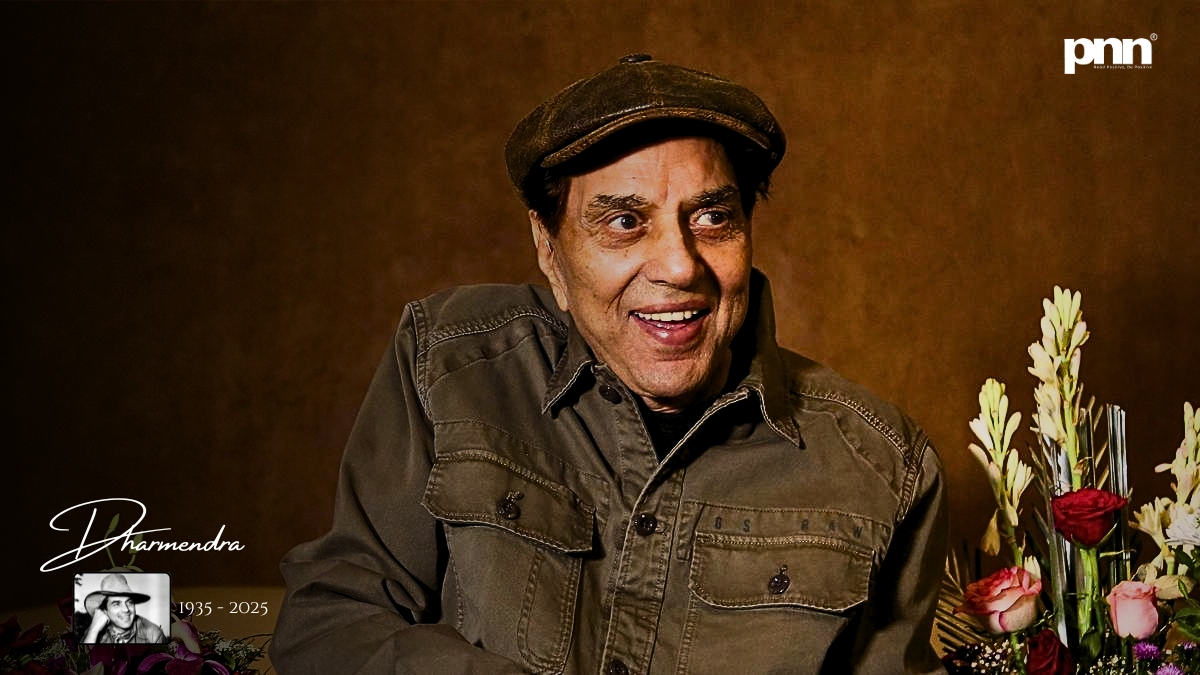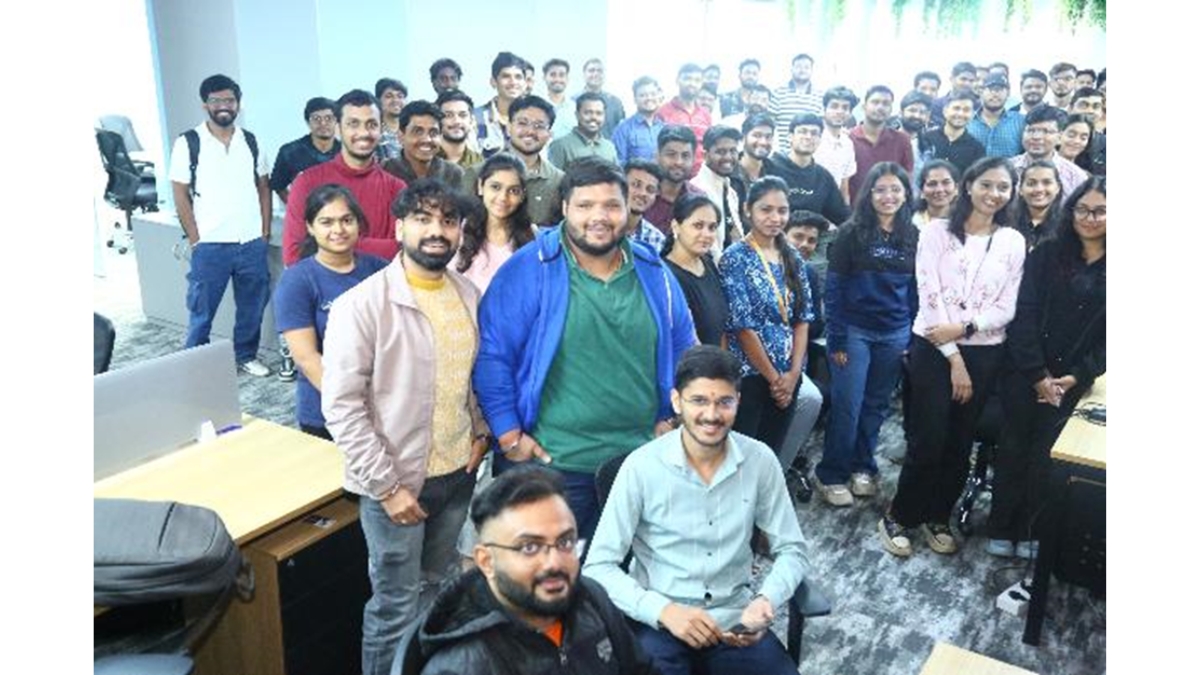
Jaipur (Rajasthan) [India], July 26: Anyone who’s lived through a summer in Rajasthan knows it’s not for the faint of heart, or for fragile tech. The sun doesn’t just shine here; it dominates. Surfaces sizzle, electronics wilt, and solar panels? Well, most of them learn their limits pretty quickly.
But on a sweltering day this July in Jaipur, one company stepped into the spotlight and said, “We’re ready.” Solex Energy Limited, a name already trusted across India’s solar circles, chose the ITC Rajputana Hotel as the stage for something far bigger than a product launch. It was a declaration: solar done right, for Rajasthan.
A Launch That Felt Like a Commitment
The meet was attended by key partners, banking representatives, and Solex’s leadership team, including Shri Chetan Shah, Chairman & Managing Director, Shri Piyush Chandak, Whole-time Director, and Shri Vipul Shah, Director
“We’ve built these modules for Rajasthan,” Chetan Shah said without ceremony. “Not just solar panels that work in ideal conditions, but ones that thrive in the real ones.”
What followed were the unveilings of two products, each tailored to a specific pain point Rajasthan faces: intense UV, fine dust, brutal heat, and inconsistent light angles due to haze or sand.
Meet the Modules: Tapi R and the Tapi Series
First came the Tapi R, a panel unlike anything currently in the Indian market. It’s India’s first rectangular cell solar module, made using N-Type TOPCon technology. While that might sound like engineering jargon, here’s the kicker, it pushes out between 595 and 625 watts, with 23.14% efficiency packed into 132 half-cut rectangular cells.
But what stood out wasn’t just performance stats. The panel is built to keep performing, morning, noon, and even when skies are dusty or light’s uneven. With a 12-year product warranty and a 30-year linear performance guarantee, it’s clear Solex isn’t playing the short game.
Then there’s the Tapi Series, a dual-glass N-Type module built with 144 half-cut cells. This one’s a tank. It delivers 570 to 595 watts and 23.03% efficiency, and the dual-glass design means it handles Rajasthan’s notorious heat and UV like a champ. There’s also improved resistance to Potential Induced Degradation (PID), a major issue in high-irradiance areas.
Put simply: these modules were made to shrug off the desert and keep going.
Why Rajasthan? Why Now?
It’s not hard to guess. Rajasthan is India’s solar capital in waiting. It receives the most sunlight, has large open spaces, and the state government is backing solar in a big way. But as Vipul Shah noted on the sidelines, “Modules that work fine elsewhere often struggle here. Heat, dust, instability, they take their toll.”
That’s where Solex is betting big, not just on tech, but on local presence. The company’s actively expanding its partner network and team in Rajasthan, ensuring not just sales, but service, support, and real consultation. And they’re looking for folks who align with their build-and-support mindset, not just transactional players.
“Our industry doesn’t need more sellers, it needs more solvers,” Shah added.
What Sets Solex Apart
Founded in 1995 and based in Surat, Solex isn’t just another solar startup with a flashy pitch deck. It’s a company that’s weathered multiple market cycles, built a 1.5 GW manufacturing facility in Tadkeshwar, and listed itself on NSE Emerge (code: SOLEX) with pride.
Its solar modules are not only compliant with Indian standards, but also certified for international exports, already powering homes and businesses in other countries. And yet, their pitch isn’t “we export”, it’s “we understand.”
This human-first, region-sensitive approach is why partners keep coming back. The team doesn’t just sell hardware; they help EPCs and clients design better systems, pick better configurations, and avoid costly mistakes. It’s what old-school professionals still call “doing business with integrity.”
Solar That Understands Where It’s Installed
As the event wrapped up, one EPC contractor in the crowd, someone who’d clearly seen a few cycles, remarked, “Finally, someone’s building for Rajasthan, not just shipping to it.” That stuck.
Because solar is no longer about slick promises and PowerPoint decks. It’s about modules that last 25 years in real weather, support teams that pick up the phone, and companies that still believe in regional nuance.
Solex’s new modules may not make headlines in Mumbai or Delhi tomorrow, but they’re going to change things on the ground in Barmer, Bikaner, and Bhilwara, and that’s where the real revolution lies.






